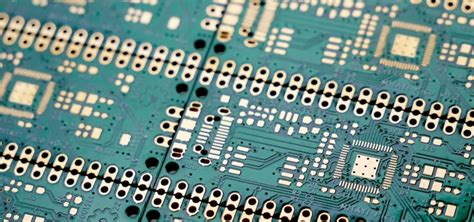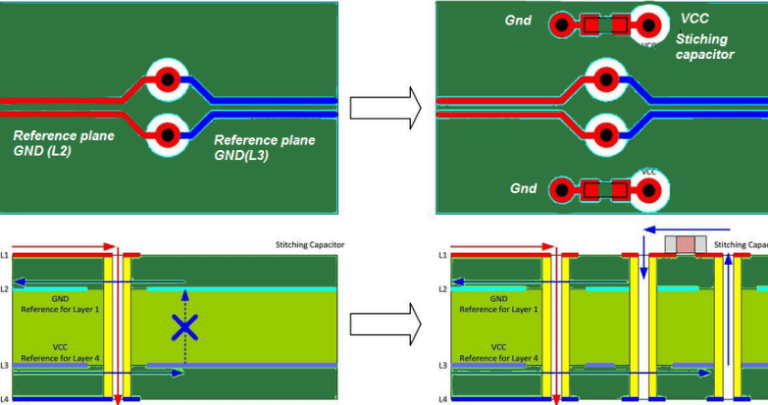Differences between HDI board and through-hole PCB
1.Manufacturing technology and structural characteristics
HDI board: It is manufactured by build-up method, and the technical level of the board is improved by continuously increasing the number of build-up layers. Micro blind buried hole technology is widely used, and the hole diameter is less than 150um, which improves the assembly density and space utilization efficiency. High-end HDI boards may use two or more build-up technologies, as well as advanced PCB technologies such as stacking holes, electroplating filling holes, and laser direct drilling.
Through-hole PCB: Through-holes are made mechanically to connect inter-layer lines. Through-holes can pass through the entire PCB board, from the top layer to the bottom layer, and are mainly used to insert and connect components. The structure is relatively simple, and the production process is relatively mature.

2.Electrical performance and signal transmission
HDI board: The electrical performance and signal correctness are usually higher than those of traditional PCBs. It has better improvements in radio frequency interference, electromagnetic wave interference, electrostatic discharge, heat conduction, etc. High-density wiring makes signal transmission more stable and efficient.
Through-hole PCB: Through-holes provide stable electrical connections and increase mechanical strength. Suitable for applications with high requirements for strength and reliability, but the signal transmission performance may be slightly inferior to that of HDI boards.
3.Application scenarios and applicability
HDI boards: Suitable for miniaturized, high-performance electronic devices such as mobile phones, digital cameras, etc. It can meet the strict requirements of electronic products for size, weight and performance.
Through-hole PCB: More suitable for products with high production demand or certain cost requirements. It is widely used in industrial equipment, automotive electronics and other fields, and is recognized for its stability and reliability.
4.Cost and maintainability
HDI boards: The manufacturing threshold and process difficulty are relatively high, resulting in relatively high costs. However, when the density of the PCB increases to more than eight layers, the cost of the HDI board may be lower than the traditional complex pressing process.
Through-hole PCB: The production process is relatively simple and easier to maintain and repair. In some low-end or mass-produced products, through-hole PCBs may have cost advantages.
There are significant differences between HDI boards and through-hole PCBs in terms of manufacturing technology, electrical performance, application scenarios, cost and maintainability. Purchasers of electronic equipment manufacturers should make decisions based on the specific needs and positioning of the product when choosing.






